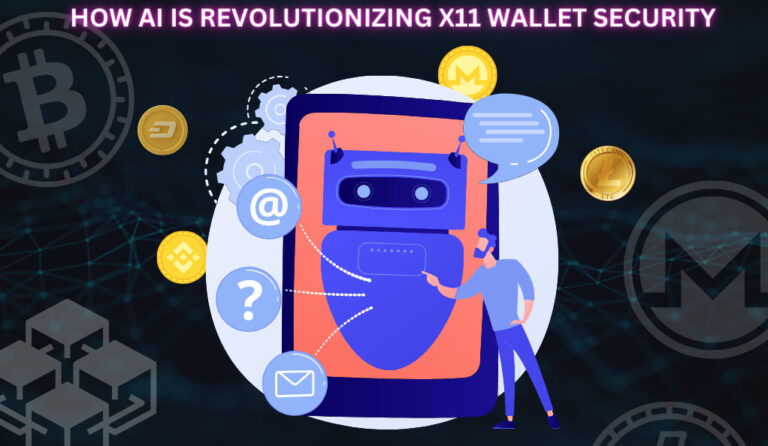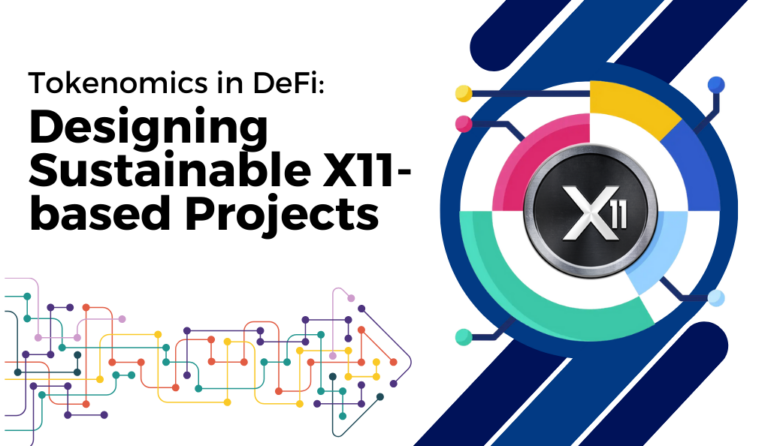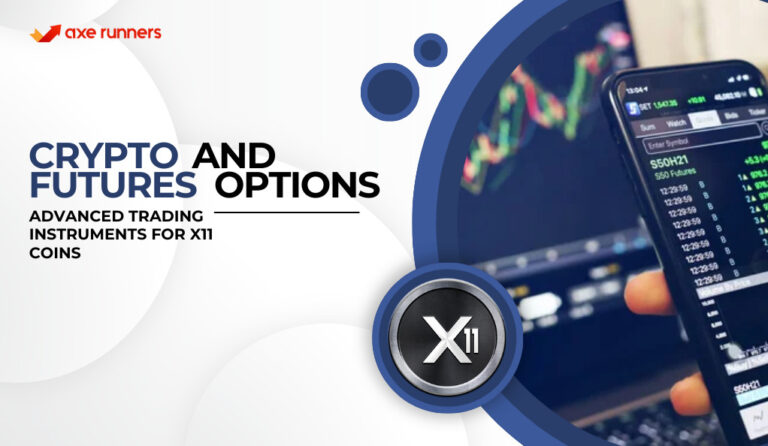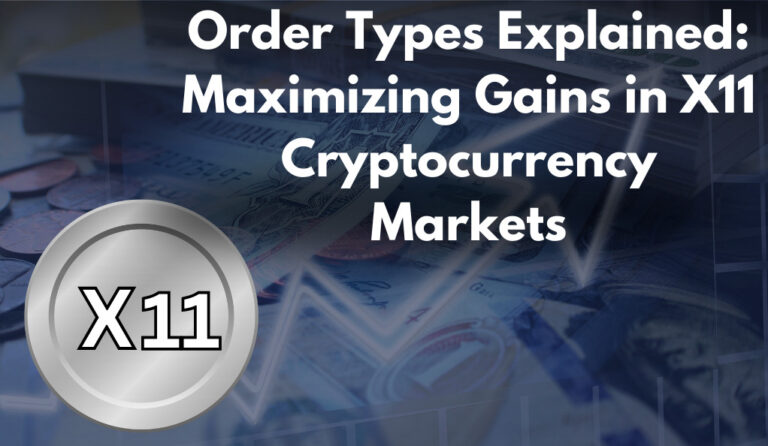Cryptocurrency mining, often simply referred to as “mining,” is a fundamental process that underpins the majority of decentralized digital currencies. It’s the mechanism by which new coins are introduced into circulation and how transactions are verified and added to the public ledger, known as the blockchain. Let’s delve deeper into this intricate process.
At its core, cryptocurrency mining is the process of solving complex mathematical problems using computer hardware. When these problems are solved, a new block is added to the blockchain. As a reward for this work, miners receive newly minted cryptocurrency coins, hence the term “mining.”
The Role of Miners
Miners play a dual role:
- Transaction Verification: They verify and bundle transactions into blocks.
- Network Security: By solving cryptographic puzzles, they secure the network against malicious threats.
Proof-of-Work (PoW) Explained
Most cryptocurrencies, like Bitcoin, use a consensus mechanism called Proof-of-Work (PoW). Here’s how it functions:
- Miners compete to solve a cryptographic puzzle.
- The first to solve it gets to add the next block to the blockchain.
- The miner is rewarded with newly minted coins.
Table 1: Popular Cryptocurrencies and their Consensus Mechanisms
| Cryptocurrency | Consensus Mechanism |
|---|---|
| Bitcoin | Proof-of-Work |
| Ethereum | Proof-of-Work (transitioning to Proof-of-Stake) |
| Cardano | Proof-of-Stake |
Mining Hardware
There are three primary types of hardware used for cryptocurrency mining:
- CPU (Central Processing Unit): The basic level of mining using a computer’s processor.
- GPU (Graphics Processing Unit): More powerful than CPU mining. Uses graphics cards.
- ASIC (Application-Specific Integrated Circuit): Custom chips designed specifically for mining.
Comparison Table: Mining Hardware
| Hardware Type | Power Consumption | Mining Speed | Cost |
|---|---|---|---|
| CPU | Low | Slow | Low |
| GPU | Moderate | Moderate | Moderate |
| ASIC | High | Fast | High |
Mining Pools
Mining on one’s own can be challenging and less rewarding due to the high competition and difficulty level. This led to the creation of mining pools, where miners combine their computational power to increase their chances of earning rewards.
Is Mining Profitable?
The profitability of mining depends on various factors:
- Hardware and electricity costs: More powerful hardware consumes more electricity.
- Cryptocurrency market prices: A higher value of the cryptocurrency can mean higher rewards.
- Mining difficulty: As more miners join the network, the difficulty of the puzzles increases.
Environmental Concerns
The energy-intensive nature of mining, especially Bitcoin mining, has raised environmental concerns. The crypto community is actively looking for more sustainable alternatives, like Proof-of-Stake (PoS) and hybrid models.
Understanding the Basics of Crypto Mining
Cryptocurrency mining, colloquially known as “crypto mining,” is a cornerstone of the decentralized digital currency ecosystem. It’s the engine that drives the creation of new coins and the validation of transactions. To truly grasp its intricacies, we must break down its foundational elements.
The Essence of Crypto Mining
Crypto mining is a computational process where miners use powerful hardware to solve complex mathematical problems. Successfully solving these problems allows miners to add a new block to the blockchain, ensuring the continuity and security of the network.
Transaction Verification and Block Creation
Every transaction made with a cryptocurrency needs to be verified to prevent fraud and double-spending. Once verified, these transactions are bundled together into a ‘block’. Miners then compete to add this block to the blockchain by solving the aforementioned mathematical problems.
The Mining Reward System
For every block added to the blockchain, miners are rewarded with newly minted coins. This serves two purposes:
- Incentivizing Miners: It compensates them for their efforts and the resources they expend.
- Introducing New Coins: It’s the primary method by which new coins are introduced into circulation.
The Role of Consensus Mechanisms
Consensus mechanisms are protocols that ensure all participants in the network agree on the validity of transactions. The most common mechanism is Proof-of-Work (PoW), where miners must prove they have done the work (solved the problem) to add a block. Other mechanisms include Proof-of-Stake (PoS) and Delegated Proof-of-Stake (DPoS).
Mining Difficulty and its Importance
Mining difficulty refers to how hard it is to solve the mathematical problems required to add a block. This difficulty adjusts over time based on the total computational power of the network, ensuring that blocks are added at a relatively consistent rate. It’s a self-regulating system that keeps the network stable and secure.
Choosing the Right Mining Hardware
There are several options when it comes to mining hardware:
- CPU Mining: Using the processor of a regular computer.
- GPU Mining: Utilizing the power of graphics cards, which are more efficient than CPUs.
- ASIC Mining: Using specialized equipment designed solely for mining purposes.
The choice depends on the miner’s budget, technical expertise, and the specific cryptocurrency they wish to mine.
The Concept of Mining Pools
Given the increasing difficulty of mining, individual miners often find it challenging to mine a block on their own. Mining pools are a solution to this problem. By joining a pool, miners combine their computational power, increasing their chances of successfully mining a block. The rewards are then distributed among the pool members based on their contributed power.
Energy Consumption and Environmental Impact
Crypto mining, especially with PoW, is energy-intensive. The environmental impact of this energy consumption has become a topic of debate and concern. As a result, there’s a push towards more energy-efficient consensus mechanisms and sustainable energy sources for mining.
At axerunners.com, our goal is to furnish well-rounded and trustworthy information regarding cryptocurrency, finance, trading, and stocks. Nonetheless, we avoid providing financial advice and instead encourage users to conduct their own research and meticulous verification.
Read More












+ There are no comments
Add yours